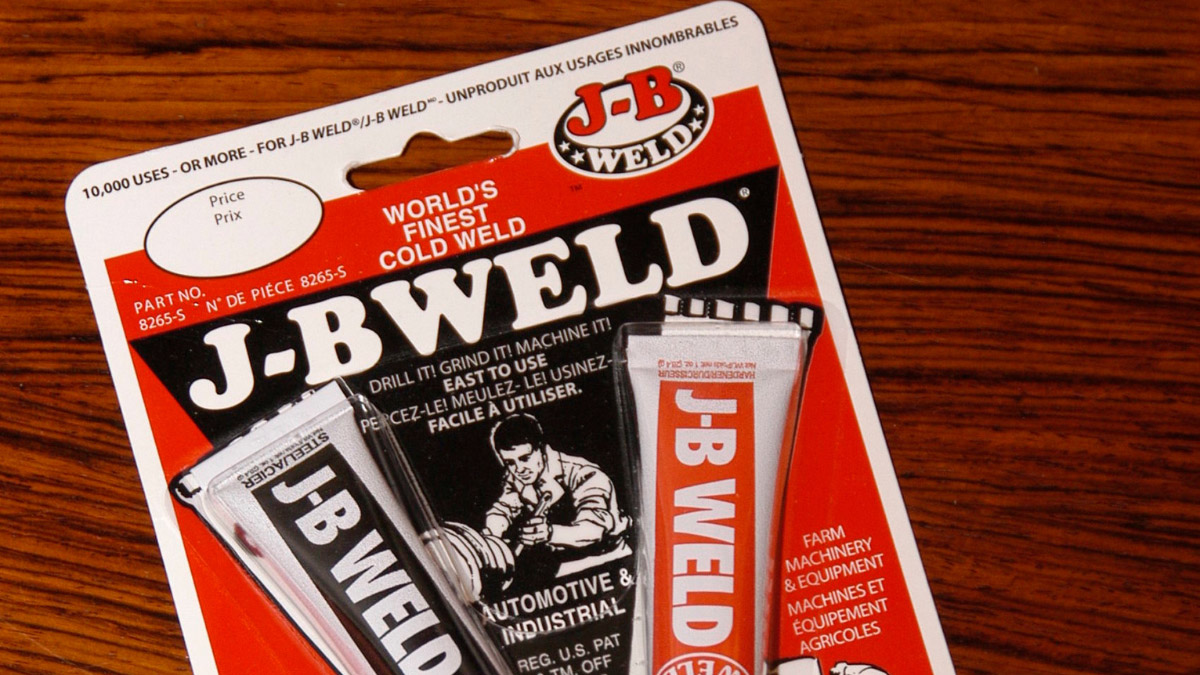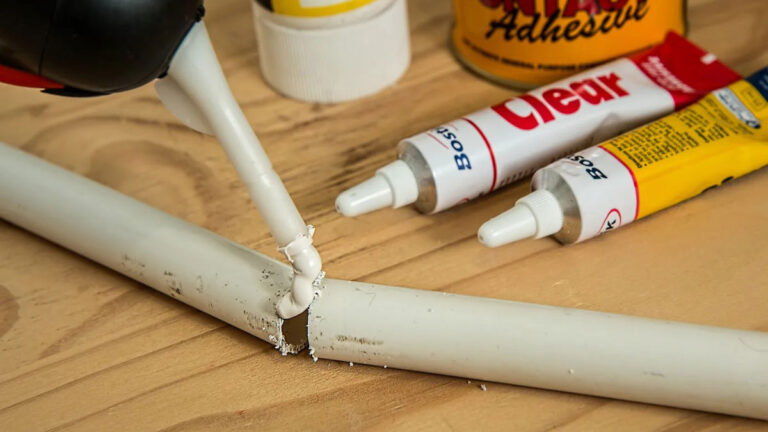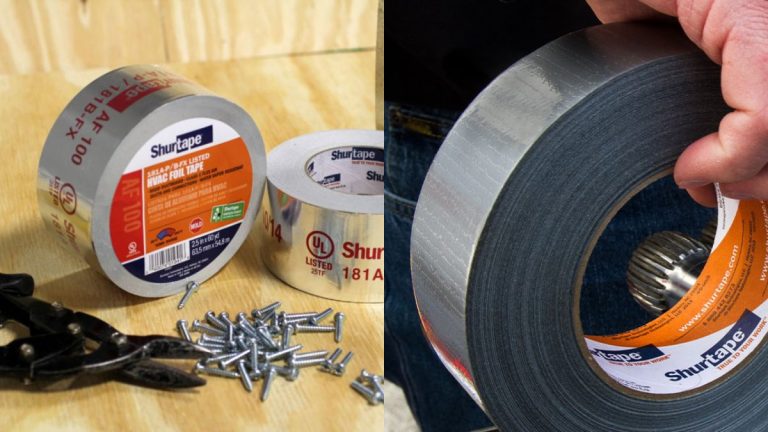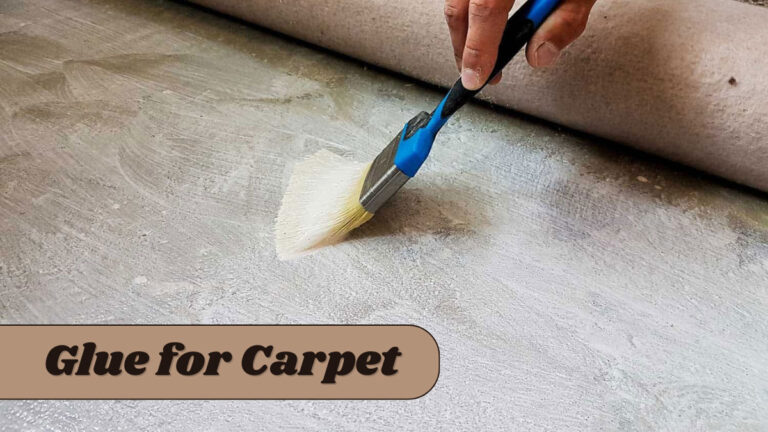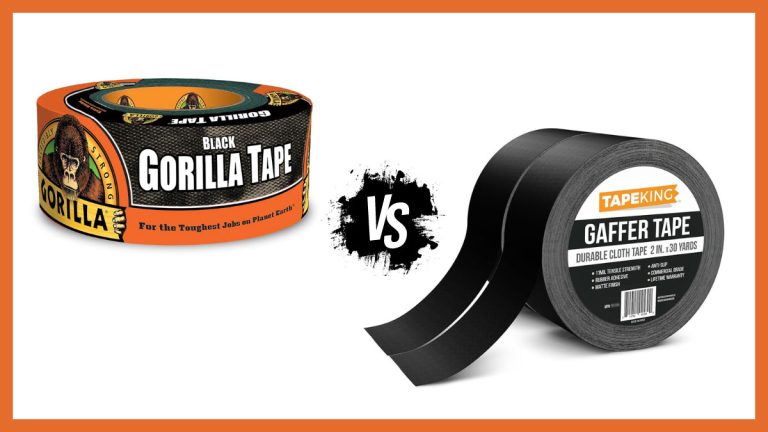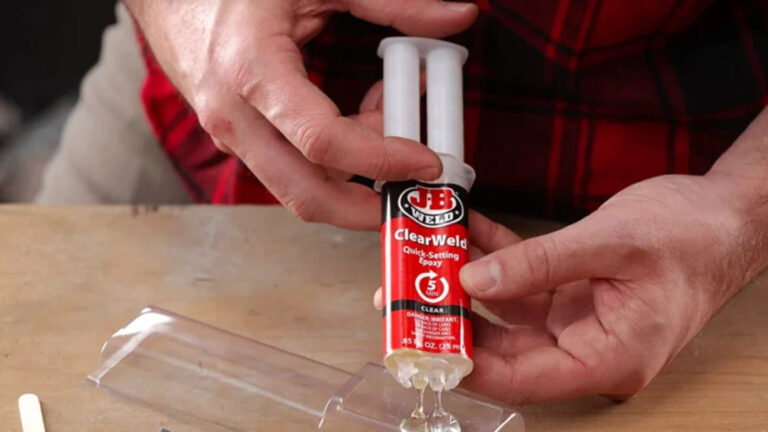How Much Weight Can JB Weld Hold: Exploring Its Strength
Ever wondered just how strong JB Weld really is? Whether you’re a DIY enthusiast or a professional, knowing the limits of this popular adhesive can make or break your project. JB Weld is renowned for its incredible bonding strength, but exactly how much weight can it support?
In this text, you’ll discover the specifics of JB Weld’s weight-bearing capabilities. From metal repairs to household fixes, understanding its strength will help you use it more effectively and confidently. Let’s jump into the intriguing area of JB Weld and see what it can truly handle.
Key Takeaways
- Understanding JB Weld’s Strength: JB Weld boasts a tensile strength of 5020 PSI, making it suitable for heavy-duty applications such as metal repairs and structural fixes.
- Importance of Surface Preparation: Proper cleaning, sanding, and drying of surfaces are crucial for maximizing JB Weld’s adhesion and weight-bearing capacity.
- Correct Application Process: For best results, mix JB Weld components equally, apply evenly, clamp securely, and allow adequate curing time (15-24 hours).
- Weight Capacity Insights: Laboratory tests and real-world examples reveal that JB Weld can support significant weights, up to several hundred pounds in practical applications.
- Versatile Uses: JB Weld is effective in various scenarios, including household repairs, automotive fixes, and industrial applications, thanks to its high tensile strength and durability.
- Optimization Tips: To maximize strength, ensure optimal environmental conditions, use appropriate joint types, and avoid disturbing the bond during the curing process.
Factors Affecting Weight Capacity
JB Weld’s weight-bearing capacity depends on several factors. Comprehending these variables enhances your ability to maximize its potential in various applications.
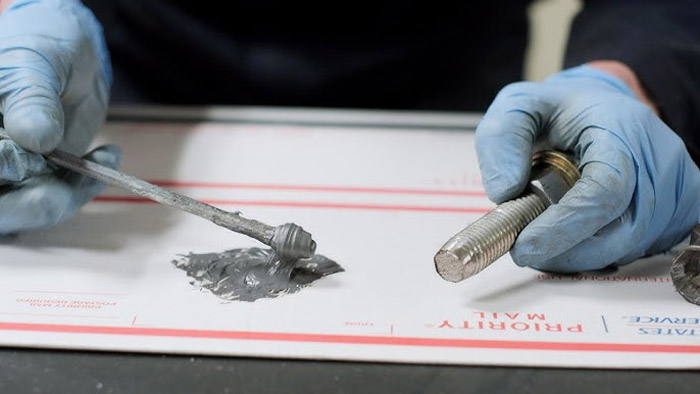
Material Type
Different materials affect the bond strength produced by JB Weld. Compatibility and bonding efficiency vary across material types:
- Metal: JB Weld performs exceptionally well on metals like steel and aluminum. The tensile strength reaching 5020 PSI ensures a robust bond.
- Plastics: The adhesive’s effectiveness decreases with certain plastics. Compatibility should be checked before application.
- Glass: JB Weld’s bond strength is lower on glass. Consider alternative methods for glass repairs.
Surface Preparation
Proper surface preparation is crucial for JB Weld’s optimal performance. Follow these steps for best results:
- Cleaning: Remove dirt, grease, and oil. Use a degreaser or rubbing alcohol for thorough cleaning.
- Abrasion: Lightly sand the surface to create a rough texture. This enhances the adhesive bonding area.
- Drying: Ensure the surface is completely dry to prevent weakening the bond.
Application Process
Applying JB Weld correctly is essential for achieving its maximum holding power. Follow these guidelines:
- Mixing: Combine the resin and hardener in equal parts. Mix thoroughly until the color is uniform.
- Application: Apply the mixture to both surfaces. Ensure even coverage.
- Clamping: Hold the bonded materials in place using clamps or fixtures. This maintains constant pressure during curing.
- Curing Time: Allow the bond to cure for at least 15 hours. Full strength is typically reached within 24 hours.
Summary
Maximizing JB Weld’s weight capacity involves understanding the materials, preparing surfaces properly, and following the correct application process. Properly applied, JB Weld can hold impressive weights, making it an invaluable tool for various repairs and projects.
Testing Weight Limits
Understanding how much weight JB Weld can support is crucial for various applications. Both laboratory tests and real-world examples highlight its impressive bonding strength.
Laboratory Tests
Laboratory tests validate JB Weld’s strength under controlled conditions.
Tensile Strength:
- JB Weld boasts a tensile strength of 5020 PSI (pounds per square inch), equivalent to roughly 38 megapascals.
- A controlled test involving a lap joint made with JB Weld demonstrated its ability to withstand incremental pull tests up to 100 pounds.
- This suggests that JB Weld can endure significant forces without failing.
- Another test bonded steel beams using JB Weld, applying a load of 20,000 Newtons (about two metric tons).
- This test confirmed JB Weld’s capacity to handle up to 5000 PSI, aligning with manufacturer claims.
Real-World Examples
Real-world examples provide practical insights into JB Weld’s weight capacity.
Weight Capacity:
- In a practical video test, JB Weld created a lifting carry out that was incrementally loaded with weights.
- Results showed JB Weld could hold several hundred pounds without failure.
These tests and examples illustrate JB Weld’s robust strength, making it suitable for a wide range of repairs and projects. By understanding its limits, you can effectively use JB Weld for your specific needs.
Comparing JB Weld To Other Adhesives
When choosing an adhesive for your project, it’s crucial to understand how JB Weld measures up against other options.
Epoxies
Epoxy adhesives, like JB Weld, are favored for their high tensile strength and versatility. Here’s how JB Weld stands out:
- Tensile Strength: JB Weld boasts a tensile strength of 5,020 PSI, making it suitable for heavy-duty applications like automotive repairs and structural fixes.
- Weight Capacity: Practical tests show JB Weld’s competency. In a lap joint test, it held up to 100 pounds. More extreme tests demonstrated it could lift the back end of a car and securely bond steel beams to withstand about 2 metric tons (approximately 4,400 pounds).
Comparatively, other epoxy adhesives vary widely in strength, but many don’t reach the tensile limits of JB Weld. Ensure to check product specifications for exact strength details.
Super Glues
Super glues, known chemically as cyanoacrylates, offer quick bonding but fall short in heavy-duty applications:
- Bonding Time: Super glues set rapidly, often within seconds to a minute.
- Tensile Strength: Typical super glues range between 1,000 to 4,000 PSI, less than JB Weld’s 5,020 PSI. They serve well for light repairs but can’t match JB Weld for load-bearing tasks.
- Weight Capacity: Ideal for minor fixes, super glues generally can’t withstand the high loads that JB Weld can handle.
Choosing the right adhesive hinges on the specific demands of your project. For robust applications requiring high strength and heavy-load capacity, JB Weld excels. On the other hand, for quick fixes and lighter bonds, super glues offer convenience. Consider these factors to ensure optimal performance and durability in your projects.
Practical Applications
Explore the versatile uses of JB Weld and understand how its impressive bonding strength can aid various projects. From household repairs to automotive uses and even industrial applications, JB Weld offers a reliable solution.
Household Repairs
JB Weld finds a multitude of uses in home improvement and everyday fixes:
- Fixing Broken Items: Use JB Weld to bond broken ceramics, glass, or metal items.
- Plumbing Repairs: For leaks in metal pipes, mix the compound and apply it to seal the crack.
- Furniture Repair: Reattach metal legs or fix wooden furniture joints with JB Weld for a strong bond.
Key Factors:
- Surface Preparation: Ensure the surface is clean, dry, and abraded for optimal adhesion.
- Mixing Ratio: Follow the instructions for the correct resin and hardener ratio.
Automotive Uses
JB Weld is trusted for various automotive repairs due to its high tensile strength and durability:
- Engine Block Repair: Apply JB Weld to seal cracks in engine blocks where high temperatures and pressures are common.
- Exhaust System Fixes: Use it for patching holes in exhaust pipes, manifolds, and mufflers.
- Radiator Repairs: Seal small leaks in radiators without the need for professional tools.
Key Factors:
- Heat Resistance: JB Weld withstands high temperatures, making it suitable for engine parts.
- Durability: The bond maintains its integrity under mechanical stress.
Industrial Applications
In industrial settings, JB Weld supports heavy-duty applications and equipment repairs:
- Machinery Maintenance: Mend broken parts, such as metal brackets or housings, with JB Weld.
- Pipeline Repairs: Use it to seal leaks in metal pipelines running high-pressure liquids.
- Construction Equipment: Repair damaged parts or secure metal components on construction tools.
Key Factors:
- Bonding Strength: With a tensile strength of 5,020 PSI, JB Weld is ideal for demanding industrial repairs.
- Longevity: Once cured, the bond’s durability ensures long-term reliability even under extreme conditions.
Rely on JB Weld’s robust and versatile bonding capabilities for a range of practical applications. Proper preparation and application maximize its effectiveness, providing a dependable solution for various repair needs.
Tips For Maximizing Strength
When using JB Weld, optimizing the bond’s strength is crucial. Here are several tips to enhance its performance:
Surface Preparation:
- Cleaning: Thoroughly clean the surfaces to remove dirt, oil, and residues. Use alcohol or acetone for best results.
- Sanding: Lightly sand the surfaces to create a rough texture, improving the epoxy’s grip. A grit between 80 and 120 works well.
Environmental Conditions:
- Temperature: Apply JB Weld at temperatures between 50°F and 90°F. Extreme temperatures can affect curing times and bond strength.
- Humidity: Low humidity levels ensure optimal curing. High humidity can interfere with the bond.
Application Technique:
- Mixing: Follow the instructions for mixing the two parts. Ensure equal parts and mix thoroughly for a uniform consistency.
- Clamping: Clamp the bonded parts for at least 6 hours, ideally overnight. Proper clamping pressure helps achieve maximum tensile strength.
Curing Time:
- Initial Cure: Allow at least 4-6 hours for initial curing. The bond reaches 90% strength in this timeframe.
- Full Cure: Give the bond 15-24 hours to fully cure. This period ensures the epoxy achieves its maximum mechanical properties.
Surface Area:
- Larger Surface Area: Increasing the surface area of the bond site can significantly improve strength. Cover as much of the bonding area as possible with a thin, even layer of JB Weld.
- Joints: Use lap joints or scarf joints for mechanical advantage. These joint types distribute stress evenly across the bond.
Practical Tips:
- Avoid Disruptions: Once applied, do not disturb the bonded parts until fully cured. Vibrations or movements can weaken the bond.
- Layered Application: For larger gaps or gaps that need filling, apply JB Weld in layers, allowing each layer to cure before adding the next.
Summary of Key Points:
To maximize the strength of JB Weld:
- Prepare surfaces by cleaning and sanding.
- Ensure optimal environmental conditions.
- Mix and apply the adhesive correctly.
- Allow appropriate curing times.
- Use larger surface areas and appropriate joint types.
- Avoid disruptions during curing.
By rigorously following these tips, you can ensure that JB Weld achieves its maximum potential in strength and durability.
Conclusion
Understanding how much weight JB Weld can hold is crucial for effectively using this powerful adhesive in your projects. By considering factors like material type and proper surface preparation, you can maximize its strength and reliability. Laboratory tests and real-world examples demonstrate JB Weld’s impressive capabilities, making it a top choice for heavy-duty applications. Whether you’re tackling household repairs, automotive fixes, or industrial maintenance, JB Weld’s high tensile strength and durability make it an invaluable tool. Follow the recommended tips to ensure optimal performance and achieve the best results in your projects.
Frequently Asked Questions
How much weight can JB Weld support?
JB Weld has a tensile strength of 5,020 PSI, allowing it to handle significant forces. In real-world tests, it can support several hundred pounds, with some lab tests showing it can withstand up to 5,000 PSI on bonded steel.
What materials can JB Weld bond?
JB Weld is versatile and can bond metals, plastics, glass, ceramics, wood, fiberglass, brick, and concrete. Each material may have different bond strengths, so proper surface preparation is crucial for optimal performance.
How important is surface preparation for JB Weld?
Surface preparation is vital for the strongest bond possible. This includes cleaning the surface of any debris, oil, or rust, abrading it slightly to add texture, and ensuring it is completely dry before application.
What is the correct way to apply JB Weld?
Mix the components thoroughly, apply the mixture to the surfaces being bonded, clamp the pieces together if needed, and let it cure for the recommended time, typically 4-6 hours for initial set and up to 15-24 hours for full cure.
How does JB Weld compare to other adhesives?
JB Weld stands out due to its high tensile strength of 5,020 PSI, making it ideal for heavy-duty applications. It generally outperforms regular epoxy adhesives and super glues, especially in scenarios requiring substantial load-bearing capability.
Can JB Weld be used for automotive repairs?
Yes, JB Weld is trusted for automotive repairs, including sealing engine block cracks, patching exhaust systems, and fixing radiator leaks. Its heat resistance and durability make it suitable for various automotive maintenance tasks.
Are there tips to maximize the strength of JB Weld?
Yes, maximize JB Weld’s strength by preparing surfaces properly, using larger bonding areas, maintaining optimal temperature and humidity during curing, and avoiding any disturbance while it cures.
Is JB Weld permanent?
Once cured, JB Weld forms a strong, permanent bond that is resistant to water, heat, and many chemicals. It provides long-lasting repairs under a wide range of conditions.

